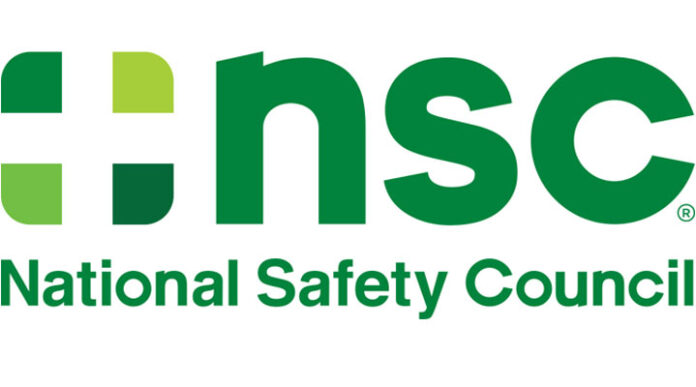Despite concerted efforts to reduce serious injury and death on the job, workplace fatality rates have remained steady over the past several decades. Recognizing this trend and continued challenges employers face, the National Safety Council, America’s leading nonprofit safety advocate, today released a new white paper through its Work to Zero initiative: Using Computer Vision as a Risk Mitigation Tool.
“Every worker deserves the promise of returning home safely from work at the end of each day, but nationwide, 3.4 fatalities occur per every 100,000 full-time equivalent workers,” said Paul Vincent, NSC executive vice president of workplace practice. “While computer vision is being adopted by more organizations, the benefits are not widely understood and used to their full potential. This white paper highlights top research findings to make it easier for employers to leverage this technology to better identify root causes of workplace incidents and keep their employees safe on the job.”
Building on Work to Zero’s initial 2020 research to determine several key technologies to mitigate hazardous workplace situations, this new report evaluated findings from several academic and industrial journals related to computer vision – artificial intelligence-paired camera technology and video analytics – to facilitate a greater understanding of the innovation’s ability to identify risks across a variety of environments. Further, the white paper compiled case studies and interview data from previously published reports to outline the most promising trends and resources employers can leverage to more effectively prevent worker injury and death.
Notable findings from the report include:
- Due to its ability to track and log data and instantly deploy this information to predict when incidents may occur, computer vision is ideal for industries involving heavy machinery and extensive movement such as manufacturing, logistics, construction and warehousing.
- Computer vision is especially effective in identifying when personal protective equipment is being properly utilized, such as in the case of employees wearing hard hats and high-visibility vests, and enables managers to more efficiently mitigate unsafe situations. In addition, this technology can be used to help monitor fatigue and other impairing conditions when driving.
- By detecting anomalies in the workplace, such as unwanted guests, unusual behaviors and weapons, computer vision can be a helpful tool for employers to identify and prevent workplace violence.
- Computer vision also has applications that can improve workplace health by monitoring ill employees, including with whom they have interacted and objects in which they may have come in contact. Some computer vision systems can also be trained to recognize best practices during emergency situations.
Despite its many benefits, the Work to Zero research team also uncovered limitations with current computer vision technology, such as image quality on closed-circuit televisions and A.I. software’s ability to operate in unfamiliar settings. Further, the publication emphasized common challenges to widespread computer vision adoption, including cost and system security barriers, prompting the call for employers and vendors to increase collaboration as well as transparency when implementing safety solutions.
Funded by the McElhattan Foundation, Work to Zero aims to eliminate workplace fatalities through the use of technology. To learn more about creating a safer workplace, visit nsc.org/worktozero.





